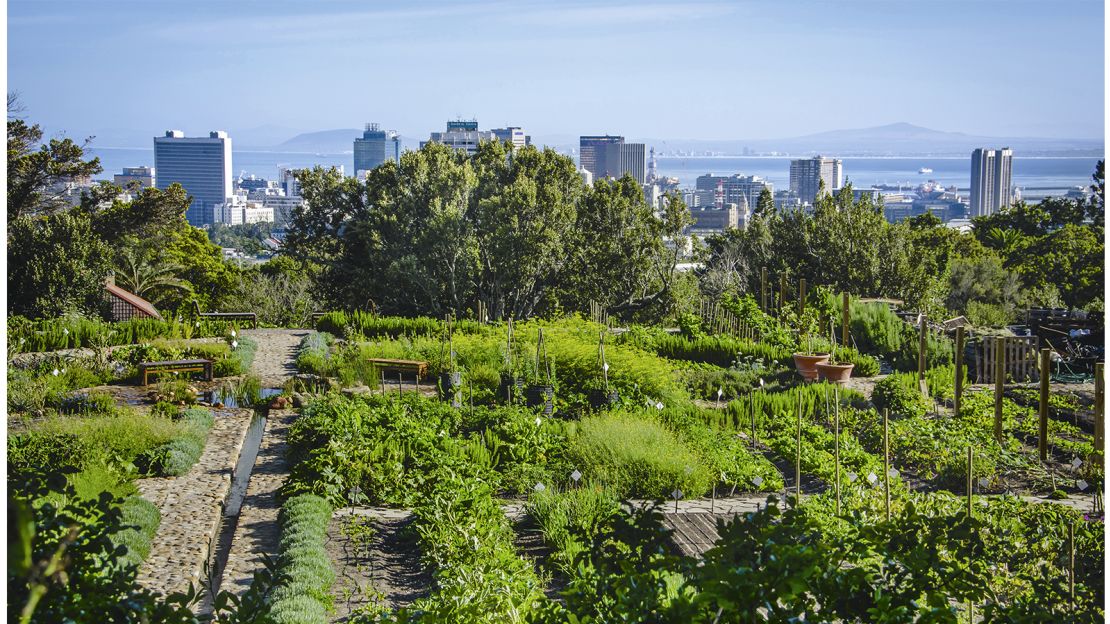What Does City Blooming Do?
What Does City Blooming Do?
Blog Article
Some Ideas on City Blooming You Need To Know
Table of ContentsCity Blooming Things To Know Before You BuyWhat Does City Blooming Mean?5 Simple Techniques For City BloomingThe Facts About City Blooming UncoveredThe 30-Second Trick For City Blooming
Fascinated in growing food to buy in the City of Chicago? Thinking of beginning a neighborhood yard? Changes to the Chicago Zoning Ordinance permit farming uses like community yards and city ranches in numerous parts of the city. Below is a listing of frequently asked concerns regarding the guidelines and laws that growers should take into consideration when preparing a metropolitan agriculture project.
The zoning amendment does not change any type of other codes managing composting, building licenses, acquiring or leasing City owned property, business licenses or ecological contamination. There are existing codes that control these issues and they stay completely effect and may apply to your job. Community gardens are normally owned or taken care of by public entities, civic companies or community-based companies and maintained by volunteers.
Urban farms grow food that is planned to be marketed, either on a not-for-profit or for-profit basis. Due to their business function, city farms require a service permit. Yes. A community yard is enabled to sell surplus create that was expanded on website if the sales are accessory or secondary to the garden's primary purpose described above.
Examine This Report on City Blooming
Composting is allowed however just for plant material that is created and utilized on website. The amount of compost product can not go beyond 25 cubic lawns at any type of offered time according to the standards in 7-28-715 of the City's Municipal Code. Yes. Because the soil at many brand-new yard websites requires modifying, garden compost, dirt, timber chips, or various other products can be obtained to build or improve the growing area - indoor plants.

If a building license is required after that the hoophouse will certainly be taken into consideration an accessory structure. You can discover more concerning the building authorization requirements by contacting the Division of Buildings. The 25,000-square-foot dimension restriction is intended to avoid a solitary neighborhood yard from controling a provided block or diminishing the block's existing property or commercial character.
The limit does not use to yards found in Public Open Room (POS) districts. Can there be greater than one community yard that is 25,000 square feet on a solitary block? Yes. The size limitation puts on specific gardens, not to private blocks. No. Fence is not needed, however, gardens that have huge parking locations might be needed to install fencing or various other landscaping features.
The Ultimate Guide To City Blooming
B1 & B2 districts need that all industrial usage activities be conducted indoors. Is fence needed for urban farms? Fences might be required, along with landscaping and testing, for certain car parking areas and outdoor job or storage space locations depending on place and the details activity taking place.
Yes. Urban farms require building authorizations and zoning authorizations before building. Various other forms of city testimonial might be called for depending on details frameworks, tasks, size, landscaping, licensing, public health and stormwater moved here administration concerns. A lot of these demands are recognized in the task design or allowing process, nevertheless, the applicant may be responsible to independently determine details licenses or allows that might be required.
The Department of Business Matters and Consumer Defense can assist establish the certain type of organization certificate that's called for. Off street car park is required for the majority of commercial tasks in Chicago. The needed number of car park spaces is based on the number of employees working on site and not the square footage of the expanding area.
Some Known Incorrect Statements About City Blooming

A city farm can offer compost product generated on site, however, the procedure must conform with the regulations in 7-28-715 of the Chicago Municipal Code. Aquaponic systems are permitted inside your home on city farms in many zoning areas.
As much as 5 hives or nests of honey bees might be maintained as an accessory usage. Beekeepers must register with the Illinois Division of Farming. To learn more about the recommended zoning amendment you might contact the Division of Housing and Economic Advancement, Bureau of Planning and Zoning at 312.744.8563.
Farming in cities and urban locations A city ranch in Chicago. Urban agriculture describes numerous techniques of growing. https://www.tumblr.com/cityblooming1/754396373643853824/welcome-to-our-website-city-blooming-is-all-about?source=share, handling, and dispersing food in metropolitan areas. The term likewise relates to the area tasks of animal husbandry, tank farming, beekeeping, and gardening in an urban context. Urban agriculture is identified from peri-urban agriculture, which takes area in backwoods beside residential areas.
The 6-Second Trick For City Blooming
It can include an activity of organic cultivators, "foodies" and "locavores", that look for to form social networks based on a shared values of nature and neighborhood holism. These networks can establish by method of formal institutional support, ending up being incorporated into local community planning as a "change community" activity for lasting city advancement.
In either instance, the much more direct accessibility to fresh vegetable, fruit, and meat products that may be understood with city farming can boost food security and food safety while decreasing food miles, resulting in reduced greenhouse gas exhausts, thus adding to environment adjustment mitigation. Some of the initial evidence of metropolitan farming comes from Mesopotamia.
Report this page